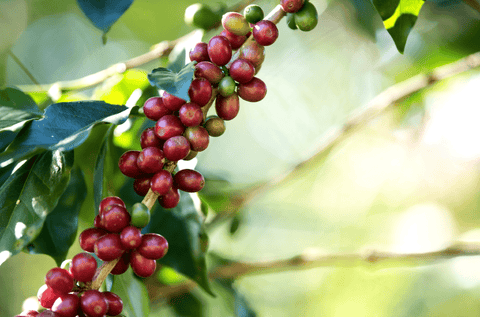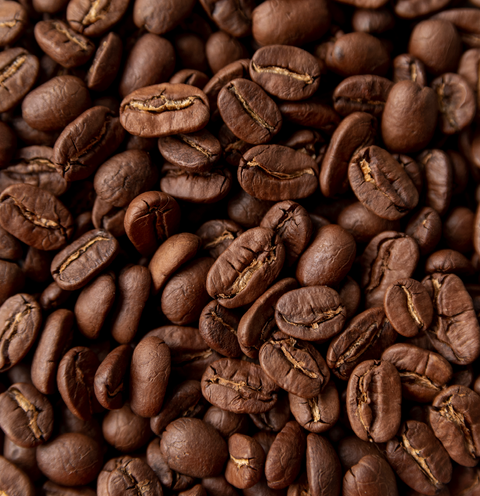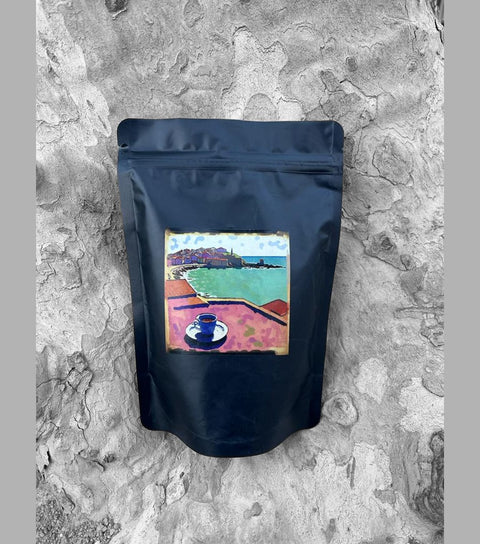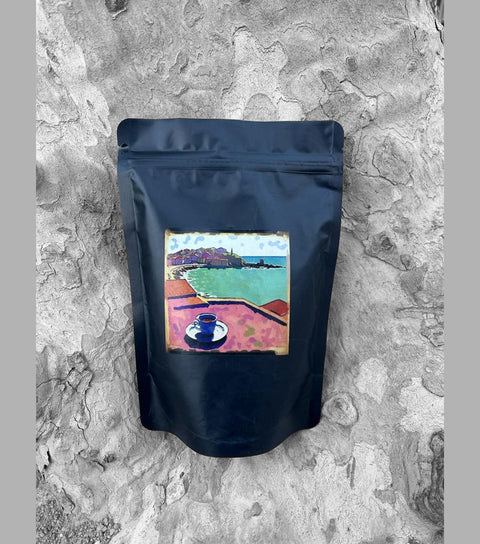2 products
What is specialty coffee?
Specialty coffee refers to high-quality coffee beans, grown, harvested and processed with great care to meet demanding standards of taste and overall quality. The term “specialty coffee” is often associated with a search for exceptional flavor profiles, distinct origin characteristics and ethical sourcing practices. Here are the key elements that define specialty coffee:Specialty coffee is generally classified based on various attributes such as taste, aroma, acidity, body, and overall quality. These coffees often score 80 points or more on a scale of 100, according to standardized rating systems such as that established by the Coffee Quality Institute (CQI).
Specialty coffees often highlight the unique characteristics of the region where the coffee is grown. Single-origin coffees, sourced from a specific geographic region, are highly valued for their ability to reflect the terroir or unique flavor profile of that region.
An emphasis is placed on ethical and sustainable sourcing practices in specialty coffee production. This includes fair treatment of coffee farmers, environmentally friendly growing methods and social responsibility throughout the supply chain.
Specialty coffee is often traceable to its origin, allowing consumers to know exactly where and under what conditions the coffee was produced. This transparency is valued by those who wish to support sustainable and ethical coffee practices.
Specialty coffee beans are typically roasted by trained professionals who understand how to bring out the unique qualities of each bean. Light to medium roasts are common to preserve the nuanced flavors of coffee.

Roasting Classification
The terms "CityRoast", "City Plus" and others are part of a common classification system used by roasters to describe the roast level of coffee beans. This system helps roasters and consumers communicate and understand the desired roast profile. Here is a general guide to these roast levels:Characteristics: Color ranging from light to medium brown, dry surface, and more developed aromas compared to light roasts.
Flavor Profile: This roast preserves the unique characteristics of the coffee's origin, offering bright acidity and a nuanced flavor profile with floral, fruity, or tea-like notes.
Characteristics: Slightly darker than light roast with a medium brown color, light surface oil, and a balanced flavor profile.
Flavor profile: This roast provides more body and sweetness while maintaining moderate acidity. Notes of chocolate, caramel and nuts may become more pronounced.
Characteristics: Medium to dark brown with visible oil, fuller body and decreased acidity.
Flavor Profile: Rich and sweet, the Full City roast brings out deeper flavors like bitter chocolate and toasted nuts. The acidity is less pronounced than with lighter roasts.
Characteristics: Dark brown with visible oil on the surface, approaching the beginning of dark roasts.
Flavor Profile: Viennese roast has a more pronounced sweetness and a slight smoky note. Although the acidity decreases, the coffee retains a certain complexity.
Characteristics: Very dark brown to almost black with a shiny, oily surface.
Flavor Profile: Bold and intense, French roast is characterized by a strong, smoky flavor with notes of caramelization and bitterness. The original flavors of coffee are often overshadowed by the roasting process.

What are the different methods of processing coffee cherries and how does it affect the flavor of roasted coffee?
The method of processing coffee cherries plays a crucial role in shaping the flavor profile of the finished coffee beans. Here are the main methods of processing coffee cherries:Method: In the natural process, the whole cherry is dried with the seeds inside. The cherries are spread out in the sun or placed in mechanical dryers until the fruit and kernels reach the desired moisture level.
Flavor Profile: Coffees from the natural process often have a fuller body and pronounced fruity, winey, or fermented aromas. Prolonged contact with the fruit during drying contributes to this unique taste.
Method: In the washing process, the outer skin and pulp of the cherries are removed before drying. After harvest, the cherries are pulped to extract the beans, which are then fermented to remove any remaining mucilage, then washed and finally dried.
Flavor Profile: Washed coffees generally have a cleaner, brighter cup profile. Removing the fruity pulp and mucilage allows the intrinsic flavors of the beans to shine through, often resulting in a more acidic, floral taste.
Method: The honey making process is a hybrid between natural and washed methods. The outer skin is removed, leaving varying amounts of mucilage ("honey") on the beans. The beans are then dried with this sticky layer intact.
Flavor Profile: Honey-treated coffees often have a balance between the fruity complexity of naturally processed coffees and the sharper acidity of washed coffees. The degree of mucilage left on the beans can result in different flavor profiles, ranging from light and floral to more syrupy and fruity.
Method: Common in regions like Sumatra, the semi-washing process involves removing the outer skin and pulp, allowing the beans to partially dry with some mucilage still attached. The beans are then shelled and completely dried.
Flavor Profile: Semi-washed coffees often have a full, characteristic body with earthy, salty, or spicy notes. Partial drying with mucilage contributes to obtaining unique taste characteristics.
Method: This relatively new processing method involves fermenting coffee beans in an oxygen-free environment. The cherries are enclosed in a container to undergo fermentation, which affects flavor development.
Flavor Profile: Anaerobic fermentation can produce coffees with complex and intense aromas, often exhibiting fruity, winey or funky notes.


